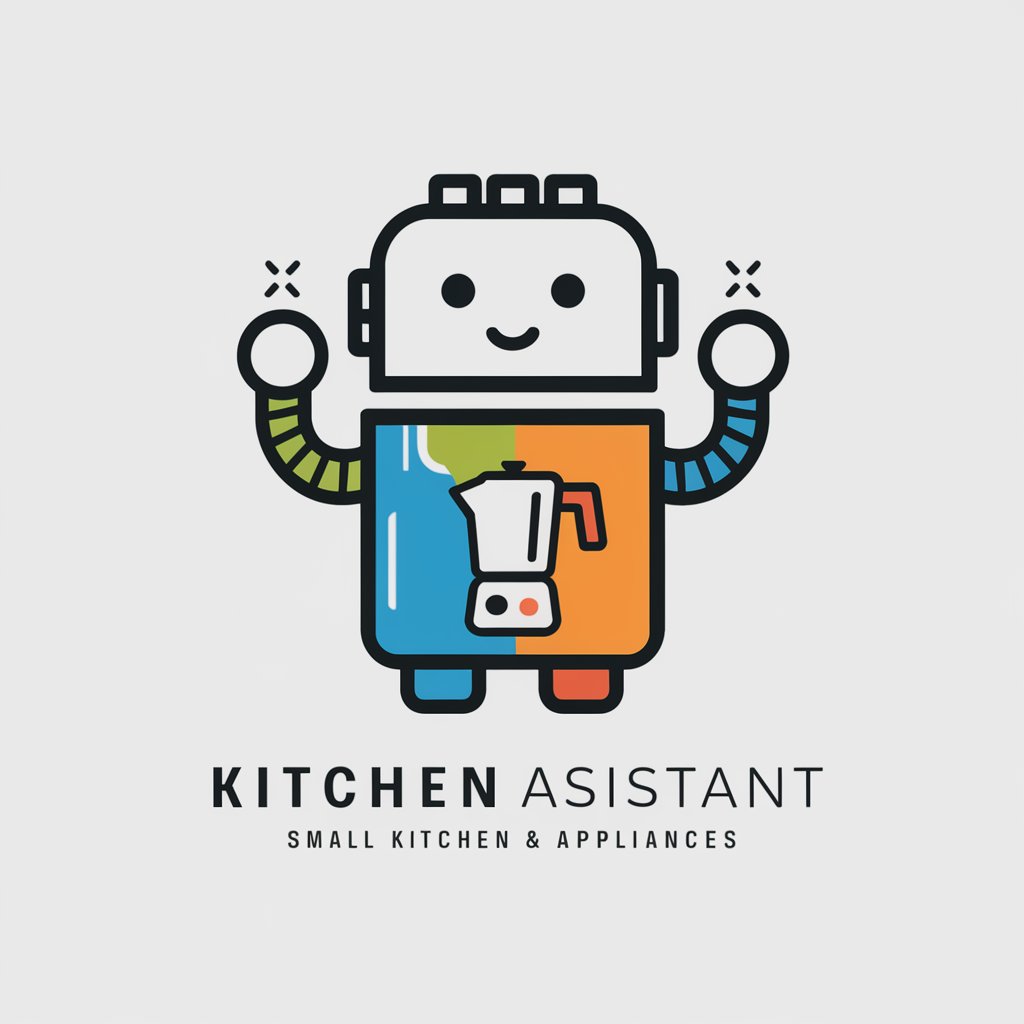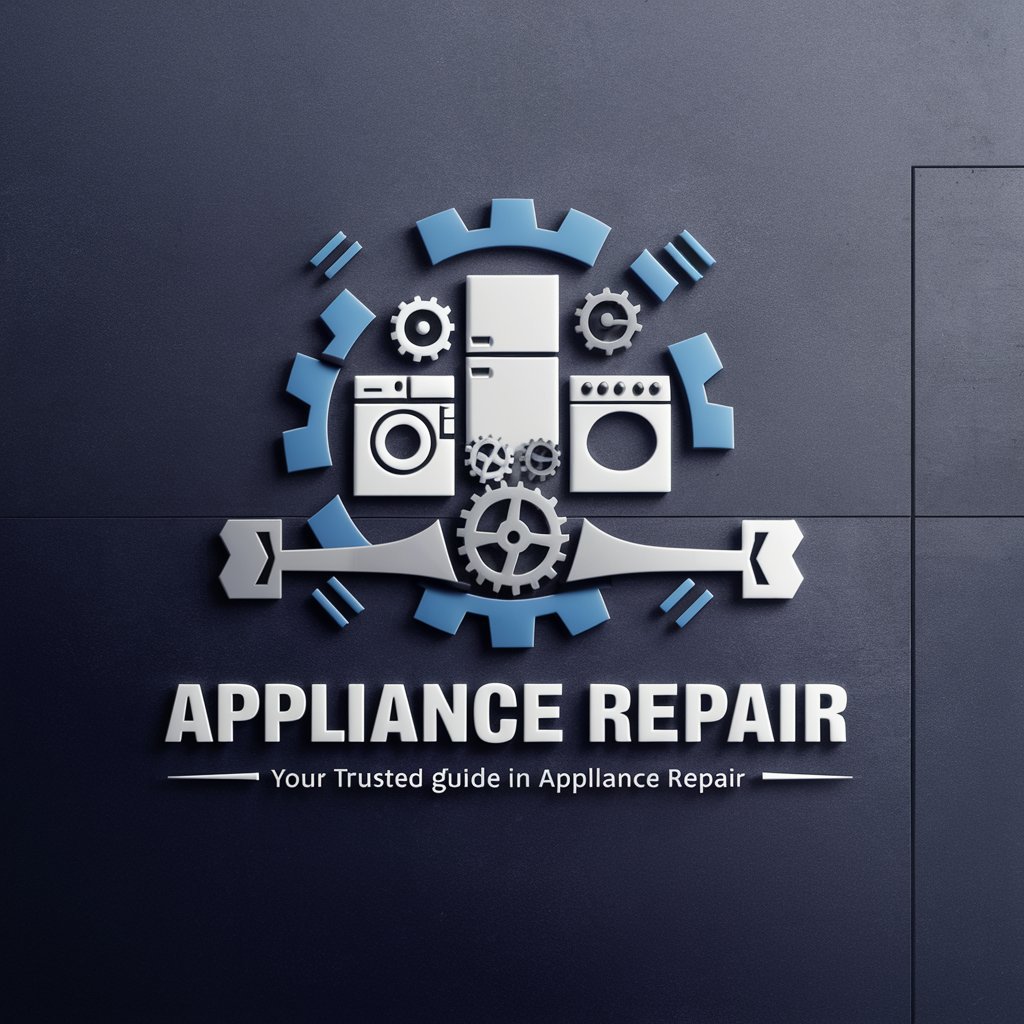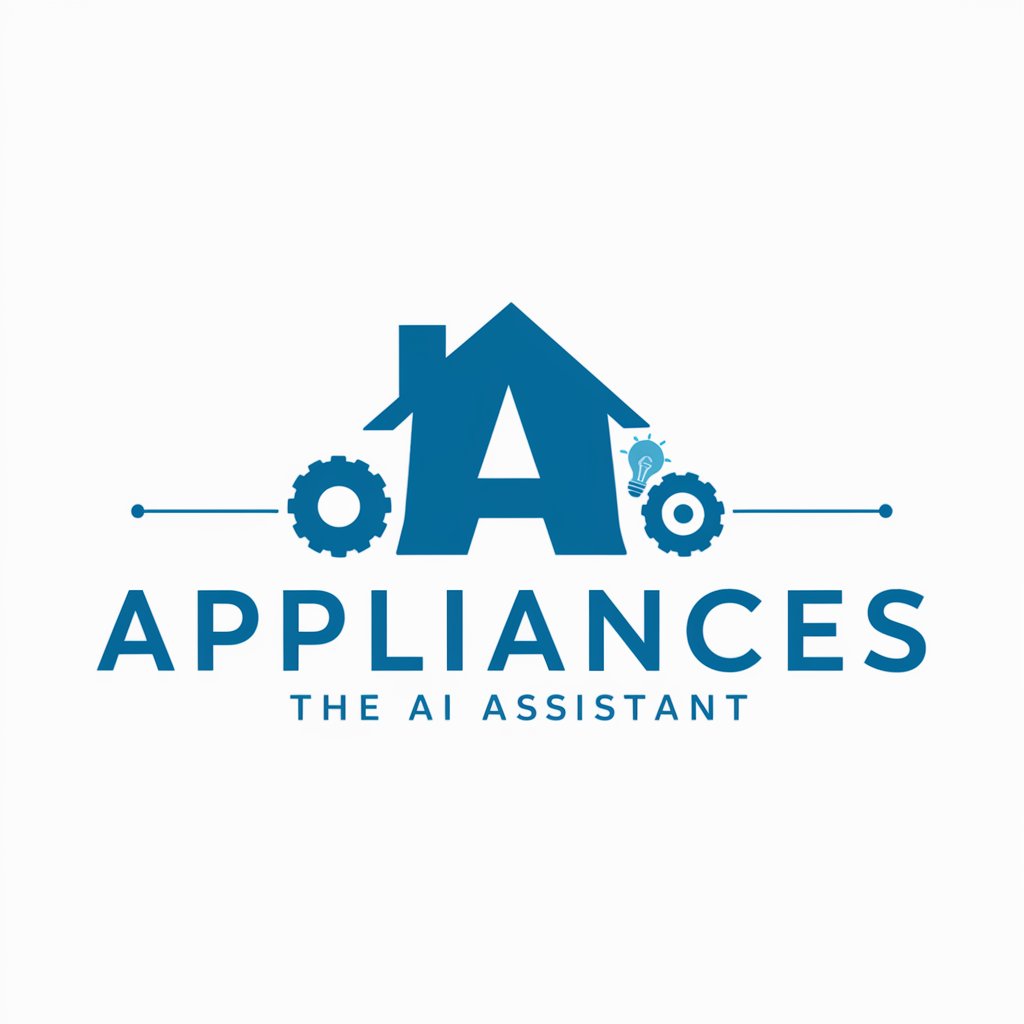
Small Appliances - Small Appliance Insights

Hi! Need advice on small kitchen appliances? I'm here to help!
Empower your home with AI-driven appliances
How can I choose the best blender for smoothies?
What are the key features of a high-quality coffee maker?
Tips for maintaining a toaster to ensure longevity?
Which small appliances are essential for a modern kitchen?
Get Embed Code
Understanding Small Appliances
Small appliances refer to portable or semi-portable devices, typically used on countertops, table tops, or other platforms, to accomplish a variety of household tasks. These appliances are designed for convenience, efficiency, and to enhance lifestyle by simplifying daily routines. Examples of small appliances include toasters, which are designed for browning bread and other foods; blenders, which mix, puree, or emulsify food and beverages; and coffee makers, which brew coffee. Each of these appliances serves a specific purpose, from preparing breakfast to facilitating quick and easy meal preparation. The design purpose behind small appliances is to offer specialized functionality that complements larger appliances, allowing users to perform tasks that would be impractical or more time-consuming to do manually or with larger, less specialized equipment. Powered by ChatGPT-4o。

Key Functions of Small Appliances
Food Preparation
Example
Blenders and food processors
Scenario
Blenders are used to create smoothies, soups, and sauces by blending ingredients to a smooth consistency. Food processors offer more versatility, capable of chopping, slicing, and grating, making them ideal for preparing ingredients for a variety of dishes.
Cooking and Baking
Example
Toasters, toaster ovens, and microwaves
Scenario
Toasters are specialized for browning bread and bagels, while toaster ovens offer the capability to bake, roast, and broil small quantities of food, providing a convenient alternative to using a full-size oven. Microwaves offer quick heating and cooking of food through microwave radiation, ideal for reheating leftovers or quick meal preparation.
Beverage Preparation
Example
Coffee makers and electric kettles
Scenario
Coffee makers brew coffee by running hot water through ground coffee, providing a consistent and convenient method for coffee preparation. Electric kettles quickly boil water for tea, instant coffee, or other hot beverages, simplifying the process and reducing the time needed compared to traditional stovetop methods.
Target Users of Small Appliances
Home Cooks and Food Enthusiasts
Individuals who enjoy cooking and experimenting with recipes will find small appliances like blenders, food processors, and slow cookers invaluable for expanding their culinary capabilities and saving time in the kitchen.
Busy Professionals
For those with limited time due to work or other commitments, appliances such as coffee makers, microwaves, and toaster ovens offer quick and convenient options for preparing meals and beverages, enabling them to maintain a balanced diet despite a hectic schedule.
Students and Individuals Living in Small Spaces
Students living in dorms or individuals in apartments with limited kitchen space can benefit from compact and multi-functional small appliances, such as mini-fridges, compact microwaves, and single-serve coffee makers, to efficiently manage their food preparation and storage needs.

How to Use Small Appliances
Start with a Free Trial
For a risk-free exploration, initiate your journey at yeschat.ai, offering a complimentary trial that requires no sign-in or subscription to ChatGPT Plus.
Identify Your Needs
Evaluate your daily routines and tasks to identify which small appliances could enhance your efficiency, from coffee makers for a morning boost to blenders for healthy smoothies.
Understand the Appliance
Read the user manual thoroughly to familiarize yourself with the appliance's features, capabilities, and safety guidelines.
Operate with Care
Follow the manufacturer's instructions for use, maintenance, and cleaning to ensure the appliance operates safely and efficiently.
Maximize Usage
Explore creative ways to use the appliance beyond its basic functions, such as using a toaster oven for baking small batches of cookies or a blender for making homemade sauces.
Try other advanced and practical GPTs
Commercial Appliances
Powering Businesses with AI-Driven Appliances

Home Appliances
Empowering homes with AI-driven appliance insights

Nuclear
Empowering Nuclear Knowledge with AI

Electrician
Powering up knowledge with AI-driven electrician insights.

Teneurin-3
Illuminating Neural Connections with AI

Learn AI
Empowering AI Education, Powered by AI

Smart Home
Empower your home with AI automation

In A Crisis meaning?
Empowering Through AI-Powered Crisis Management

Un Adios A Media Voz meaning?
Enhance Your Writing with AI

A Media Luz meaning?
Empowering creativity with AI

La Media Vuelta meaning?
Empowering Insights with AI

Kalisan Balloons
Elevate your events with AI-powered guidance

FAQs on Small Appliances
What is the average lifespan of a small appliance?
The lifespan varies by type and brand, but typically ranges from 5 to 10 years with proper maintenance.
Can small appliances be repaired, and is it cost-effective?
Many small appliances can be repaired, but it's important to compare the repair cost with the replacement cost, as repairs can sometimes be expensive.
Are there eco-friendly small appliances?
Yes, look for appliances with energy-saving features or those made from sustainable materials to reduce your environmental impact.
How can I ensure my small appliance is safe to use?
Always follow the manufacturer's guidelines, use the appliance for its intended purpose, and regularly inspect it for damage or wear.
What's the best way to clean and maintain my small appliance?
Regular cleaning according to the manufacturer's instructions is crucial. Unplug the appliance before cleaning and avoid using abrasive cleaners that can damage the surfaces.




